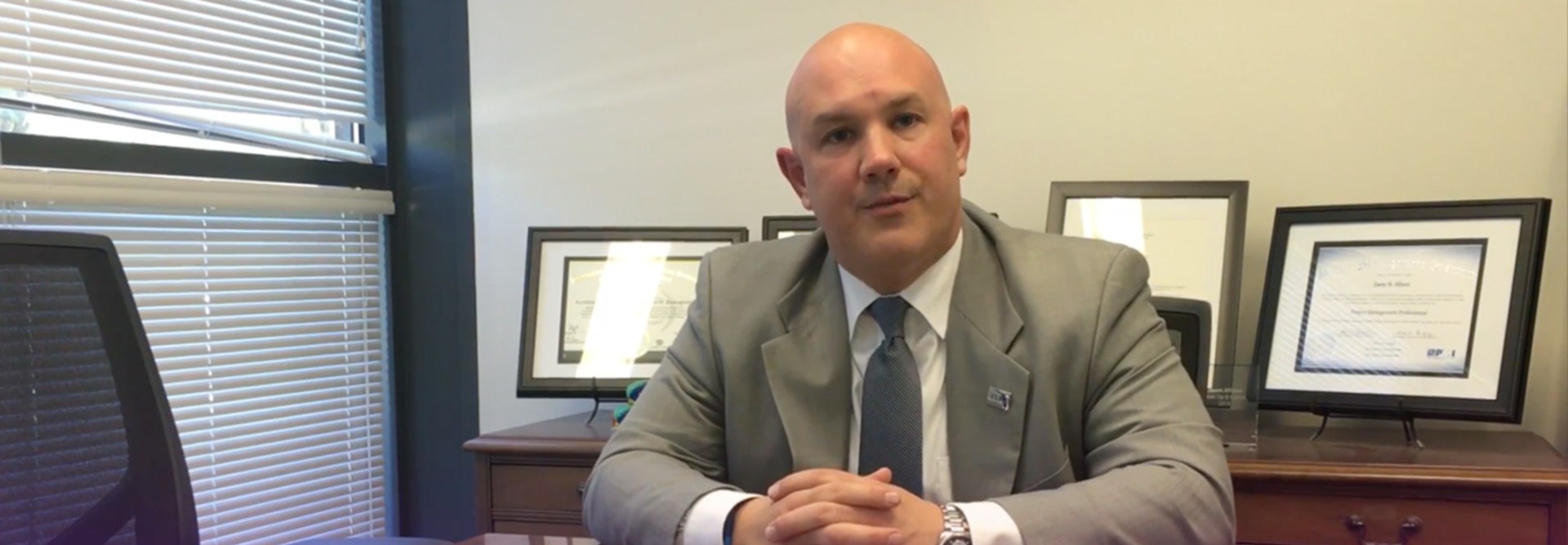#StateCIOsRock: IT Leaders Take Center Stage in Awareness Campaign
A techno beat thumps in the background as the camera zooms in on Florida landmarks like Walt Disney World and Cape Canaveral, and then we see Jason Allison, the state’s chief information officer, alone at his desk in a starched, white dress shirt.
Allison reads a letter from the National Association of State Chief Information Officers (NASCIO) inviting him to participate in a “State CIOs Make a Difference” campaign. He appears flattered, but then notices the corresponding hashtag — #StateCIOsRock — and the camera begins searching for “rocking” examples of IT: We see an office worker drumming on a notepad, a few bars of “The Star-Spangled Banner” being belted out at a tech conference, and even a man delivering an intense spoken-word performance about the relative merits of cloud and on-premises solutions. But ultimately, we end up back with Allison, taking viewers through the nuts and bolts of his job.
The video is a cheeky nod to the perception that IT — and perhaps government technology work in particular — is dull and dry, devoid of rock-and-roll glamour. But it also attempts to inform viewers about just how important that work is.
For the second consecutive summer, NASCIO is highlighting a handful of state CIOs, giving them the chance to explain their agencies’ responsibilities and accomplishments.
“Many people don’t understand the challenging role of the state CIO, and the breadth of their responsibilities in the state,” says Doug Robinson, executive director of NASCIO. “These people are responsible for industrial-strength architecture and technology. They’re responsible for hundreds of millions, if not billions, of dollars’ worth of IT spend.”
The effort, Robinson says, aligns with one of NASCIO’s strategic goals, which is to advance state CIOs as key state business leaders who play a role in developing public policy. Often, Robinson adds, states’ technology efforts only get popular attention when something goes wrong.
“If you look at newspapers and the general media, most of the coverage is not favorable,” he says. “It’s around delayed projects, underperforming projects, failed projects, data breaches.”
The videos, press releases, data sheets and social media activity generated by the NASCIO campaign shine a spotlight on the often-overlooked success stories.
In the Florida video, Allison outlines his agency’s five “key functions”: managing the state data center, strategic planning, project assurance and monitoring, cybersecurity, and IT procurement reform. He goes on to discuss how his agency works to meet other agencies’ business needs. “Their success our are successes,” he says.
In Ohio’s video, state CIO Stu Davis explains the Buckeye state’s IT optimization program, which launched in fiscal year 2012 and has saved Ohio more than $120 million. Before the effort, Davis tells viewers, the state spent 80 percent of its IT dollars on infrastructure and only 20 percent on applications; now its aim is to dedicate 70 percent of its IT budget to applications within two years.
“IT optimization provides the opportunity to refocus IT spending on things that make Ohio a better place to live and do business,” he says.
Michigan state CIO David Behen uses his video to highlight the ways that his office is using IT to make government more accessible to citizens, including through a mobile app called MiPage.
“We are committed to making our services 100 percent mobile, and our websites responsive, so we can put government at the fingertips of every Michigander,” he says.
“CIOs are often viewed as [providing] ‘back-office’ functions,” Robinson says. “I think you will find that many of them are really stepping up as policy leaders. You think about the range of front-page issues that CIOs have to deal with: drones and unmanned aircraft systems, the Internet of Things, autonomous vehicles, body-worn cameras. These are all things that citizens are interested in, and state CIOs have been involved in all of these discussions.”









